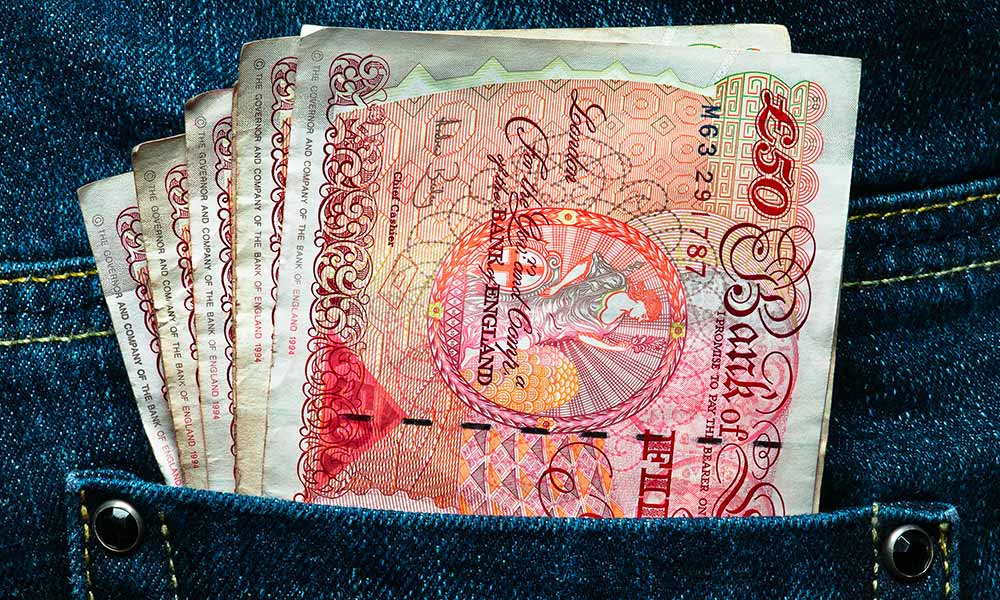Could £78bn of passive income be hiding in plain sight?
Yes!
That is approximately how much FTSE 100 companies paid out in dividends to shareholders last year. The only thing those shareholders had to do to earn that passive income was to own shares.
That may have meant buying them last year. In some cases people who had not spent a penny buying shares for decades would still have seen the work-free cash rolling in, as long as they still owned the shares.
That enormous passive income pot is easily accessible, in my view. Simply by buying FTSE 100 dividends, I would hopefully get some of it for myself.
Is it really that easy?
Having said that, it is worth noting a couple of important points.
One is that dividends are never guaranteed. A company paying them now can decide tomorrow to stop. So I take care to diversify my passive income streams across a number of different companies, carefully assessing each one’s financial prospects before buying.
Also, to buy shares, I need money.
Setting up an investment strategy
How much money is up to my own financial circumstances. It is possible to start investing in the stock market even with just a few hundred pounds.
To get going, I would set up a share-dealing account or Stocks and Shares ISA. I would put the money I wanted to invest in that, ready to buy dividend shares.
Finding shares to buy
With passive income as my goal, the search field for shares would narrow. I might like a growth company like Tesla but I see little prospect of it paying dividends any time soon.
What would I be looking for?
Passive income here is essentially the extra cash the business earns that it does not need to spend on something else, like future growth. So I would look for a business I felt I could understand, with a sustainably strong position in a market I expect to benefit from ongoing customer demand.
I would consider whether the share is attractively valued. After all, what I earn in dividends could be effectively cancelled out if the share price falls lots while I own it.
Putting the theory into practice
As an example, consider one share from which I am currently earning passive income: M&G (LSE: MNG).
The FTSE 100 asset manager has a large addressable market. Within that, a number of things help it compete effectively. For example, it has a well-known brand, established customer base spanning over two dozen markets, and long asset management experience.
That has helped it generate cash flows to fund a generous dividend since it listed as an independent company in 2018. Currently, the dividend yield is 9.8%. So, if I invested £10,000 in it today, I would hopefully earn almost a thousand pounds in passive income annually.
Whether that continues depends on how the business performs. One risk I see is that any economic downturn could hurt investor sentiment, leading them to withdraw funds from M&G. That could be bad for its profits.
Still, I own the share precisely because I believe in its long-term prospects – and am earning passive income from it along the way!








